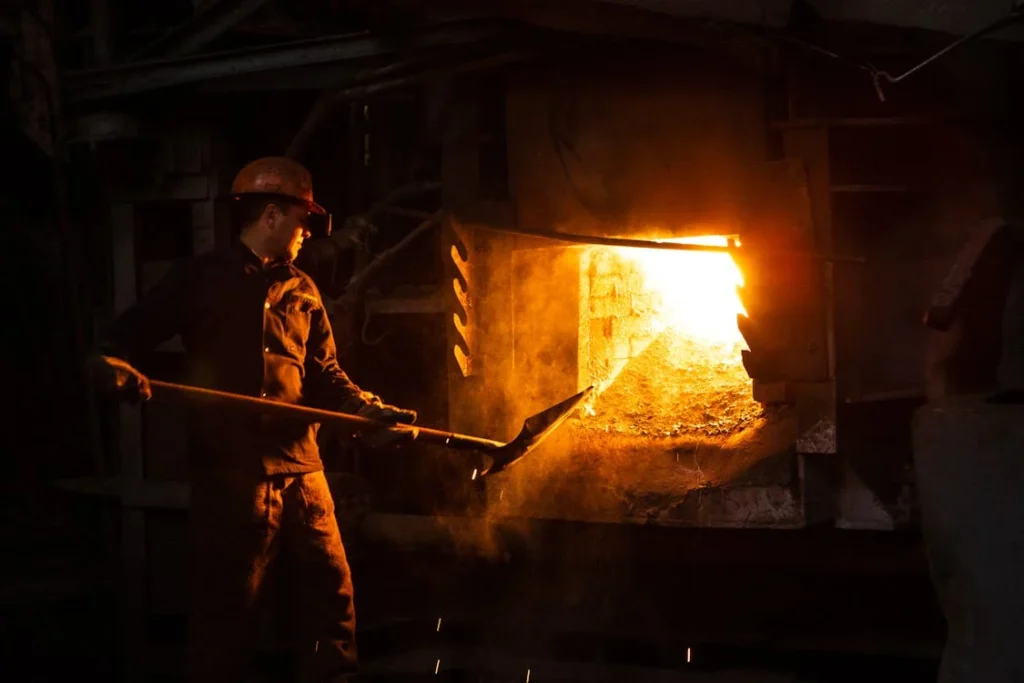Industrial chemicals play a pivotal role in modern society, powering various sectors and processes that underpin our daily lives. However, their ubiquitous presence comes with a hidden cost: the potential threat to human health.
From manufacturing plants to firefighting operations, these chemicals pose significant risks to workers and communities alike. Understanding and mitigating these hazards is paramount to safeguarding public health and well-being.
Toxic AFFF in the Firefighting Industry
Aqueous film-forming foam (AFFF) is a crucial tool in the firefighting arsenal, forming a thin film over flammable liquids to extinguish fires effectively. Nevertheless, per- and polyfluoroalkyl compounds (PFAS), which are persistent and bioaccumulative in the environment, are components of AFFF. As per the World Economic Forum, it can take thousands of years for PFAS to break down.
Firefighters are more likely to be exposed to PFAS because they often handle AFFF during emergency situations and training exercises. Research has connected exposure to pernicious health impacts from PFAS, such as immune system malfunctions, cancer, and problems with reproduction. Concerns have been expressed concerning the long-term effects on firefighters’ health.
In recent years, the issue of PFAS contamination has garnered increased attention, leading to a surge in litigation against manufacturers of AFFF products. According to TruLaw, numerous lawsuits have been filed by firefighters, military personnel, and communities affected by PFAS contamination linked to firefighting foam usage.
The AFFF lawsuit seeks accountability from manufacturers for alleged health problems and environmental damage caused by PFAS exposure. As the litigation unfolds, it serves as a sobering reminder of the need for comprehensive regulation and safer alternatives in the firefighting industry.
Mercury in the Chlor-Alkali Industry
In the chlor-alkali industry, mercury cell technology has historically been used for the production of chlorine and caustic soda. Despite advancements in technology, mercury emissions remain a significant concern, contaminating air, water, and soil near manufacturing facilities.
Chronic exposure to mercury vapors can lead to neurological disorders, particularly affecting cognitive function and motor skills. Communities residing in proximity to chlor-alkali plants are at heightened risk of mercury exposure. It requires robust regulatory measures to mitigate environmental contamination and safeguard public health.
Benzene in the Petrochemical Industry
Benzene is a key component in the production of various petrochemical products, including plastics, rubber, and synthetic fibers. However, occupational exposure to benzene poses significant health risks to workers in petrochemical facilities.
According to the American Cancer Society, inhalation of benzene vapors can lead to acute and chronic health effects. Prolonged exposure increases the risk of leukemia and other blood disorders. Stringent occupational health and safety regulations are imperative to minimize benzene exposure levels and protect the well-being of workers in the petrochemical industry.
Formaldehyde in the Woodworking Industry
The woodworking industry uses formaldehyde extensively as an adhesive, especially for making plywood, particleboard, and furniture. Formaldehyde emissions from these compounds can seriously endanger workers’ health even if they are an excellent bonding agent.
Shortness of breath, wheezing, and coughing can all be signs of respiratory irritation from inhaling formaldehyde fumes. To mitigate formaldehyde exposure, woodworking facilities must implement adequate ventilation systems and provide workers with appropriate personal protective equipment.
Lead in the Battery Manufacturing Industry
A common sight in many industries, including the automotive, industrial, and renewable energy sectors, are lead-acid batteries. However, those engaged in battery manufacturing operations face serious health concerns due to lead, a crucial component of these batteries.
As per the CDC, occupational exposure to lead can occur through inhalation of lead dust or ingestion of contaminated food or water. The adverse health effects of lead exposure range from neurological impairments to reproductive disorders. This highlights the importance of stringent workplace safety measures and regular health screenings for employees in the battery manufacturing industry.
FAQs
Is AFFF foam harmful?
Yes, AFFF foam can be harmful due to its composition containing per- and polyfluoroalkyl substances (PFAS), which are persistent and bioaccumulative in the environment. PFAS exposure has been linked to adverse health effects, including cancer, immune system disorders, and reproductive issues.
Why is benzene highly toxic?
Benzene is highly toxic because it is a known carcinogen capable of causing cancer in humans. Chronic exposure to benzene, primarily through inhalation, can lead to serious health issues such as leukemia, lymphoma, and other blood disorders.
Why should formaldehyde be avoided?
Formaldehyde should be avoided due to its adverse health effects. Breathing in formaldehyde fumes can aggravate the respiratory system and cause symptoms like coughing and dyspnea. Prolonged exposure may increase the risk of respiratory diseases and certain types of cancer.
In conclusion, the pervasive presence of industrial chemicals underscores the critical importance of proactive measures to protect human health and the environment. From PFAS in firefighting foam to benzene in petrochemical production, each compound presents unique challenges requiring the adoption of safer alternatives.
The increase in legal action pertaining to these substances is a clear indication of the necessity for responsibility and strong safety protocols. By prioritizing health and environmental stewardship, we can navigate toward a future where the benefits of industrial chemicals are realized without compromising anyone’s well-being.







